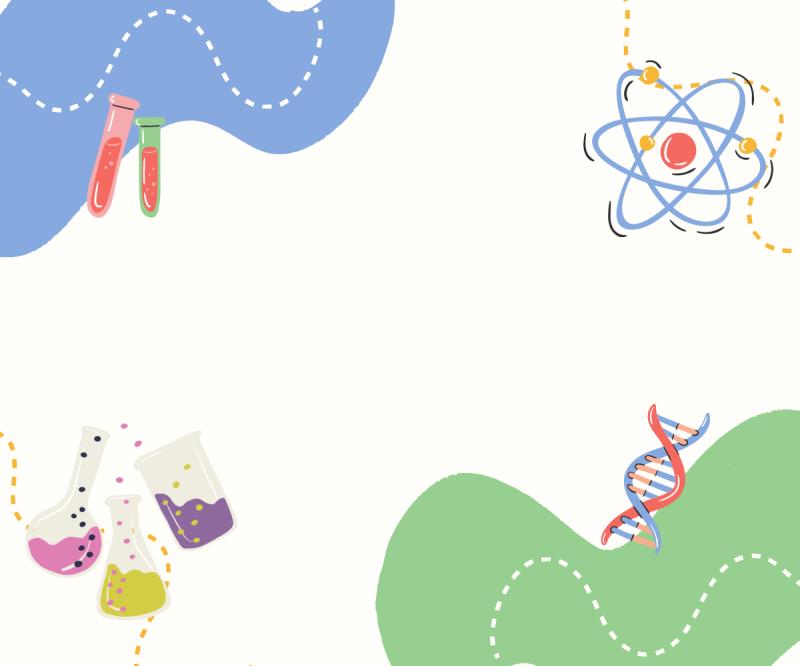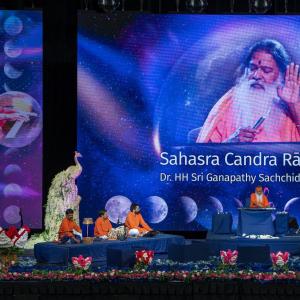
- nripage
- 16 Aug 2024 10:32 AM
- Religion & Spirituality
The relationship between religion and science is a complex and multifaceted one, encompassing a range of perspectives from harmony and integration to conflict and independence. Both religion and science seek to explain the world and our place in it, but they do so through different methodologies and frameworks. Understanding how these two fields interact provides valuable insights into human thought, culture, and progress.
Historical Context
Historically, religion and science were often intertwined. In many ancient civilizations, religious institutions were also centers of learning and scientific inquiry. For example, Islamic scholars during the Golden Age of Islam made significant contributions to mathematics, astronomy, and medicine while grounded in their religious beliefs. Similarly, many early European scientists, such as Isaac Newton and Johannes Kepler, were devout Christians who saw their scientific work as a way to understand God's creation.
However, the relationship has also been marked by conflict, most famously illustrated by the Galileo affair in the 17th century. Galileo's support for the heliocentric model of the solar system challenged the geocentric views held by the Catholic Church, leading to his trial and condemnation. This event is often cited as an example of the perceived incompatibility between religious dogma and scientific discovery.
Philosophical Perspectives
There are several philosophical perspectives on the relationship between religion and science:
-
Conflict Model: This view posits that religion and science are inherently in conflict and that scientific progress inevitably leads to the decline of religious belief. Proponents of this model often point to historical conflicts, such as the Galileo affair and the evolution vs. creationism debate, as evidence.
-
Independence Model: Advocates of this perspective argue that religion and science are separate domains that address different kinds of questions. Science deals with empirical, testable phenomena, while religion addresses spiritual and moral questions. Stephen Jay Gould's concept of "non-overlapping magisteria" (NOMA) exemplifies this view.
-
Dialogue Model: This approach emphasizes constructive dialogue and mutual enrichment between religion and science. It suggests that while the two fields are distinct, they can inform and inspire each other. For example, ethical considerations from religious traditions can guide the application of scientific discoveries.
-
Integration Model: This perspective seeks to integrate scientific and religious perspectives into a cohesive worldview. It often involves reinterpreting religious texts in light of scientific knowledge or finding ways that scientific discoveries can enhance spiritual understanding.
Contemporary Issues
In modern times, several issues highlight the ongoing interaction between religion and science:
-
Evolution and Creationism: The theory of evolution by natural selection, first proposed by Charles Darwin, has been a focal point of contention between certain religious groups and the scientific community. While many religious denominations accept evolution, some promote creationism or intelligent design as alternatives.
-
Bioethics: Advances in medical science, such as genetic engineering, stem cell research, and reproductive technologies, raise ethical questions that intersect with religious beliefs. Religious traditions often provide valuable ethical frameworks for addressing these issues.
-
Cosmology and the Big Bang Theory: The Big Bang theory, which describes the origin of the universe, has theological implications that have been explored by religious thinkers. Some see it as compatible with the idea of a divine creation, while others view it as a challenge to traditional cosmological narratives.
-
Environmental Stewardship: Both religious and scientific communities recognize the importance of addressing environmental issues such as climate change and biodiversity loss. Religious teachings on stewardship and care for creation can complement scientific approaches to sustainability.
Interdisciplinary Initiatives
Various initiatives and organizations work at the intersection of religion and science to foster dialogue and collaboration. For example, the Templeton Foundation funds research and projects that explore the connections between scientific inquiry and spiritual understanding. Academic programs in science and religion, such as those at the University of Cambridge and Princeton University, provide platforms for scholarly exploration of these themes.
Conclusion
The relationship between religion and science is dynamic and multifaceted, reflecting the evolving nature of human understanding and inquiry. While historical and contemporary conflicts highlight the challenges of integrating these domains, many opportunities exist for constructive dialogue and mutual enrichment. By appreciating the distinct contributions of both religion and science, we can foster a more comprehensive understanding of the world and our place within it.









































